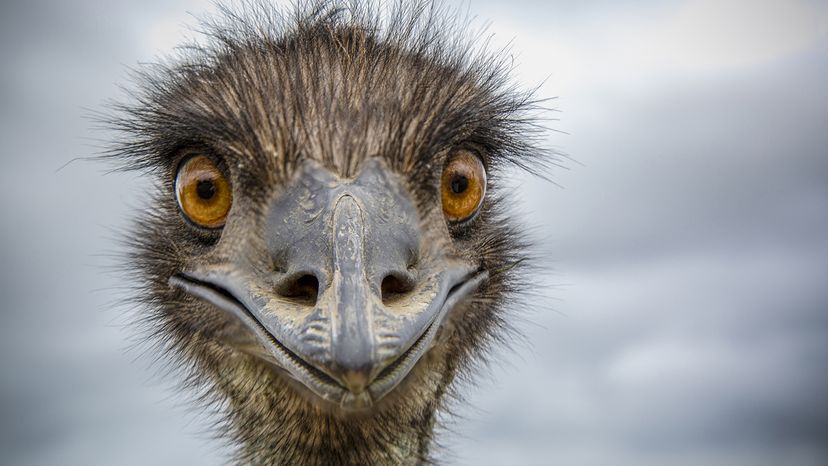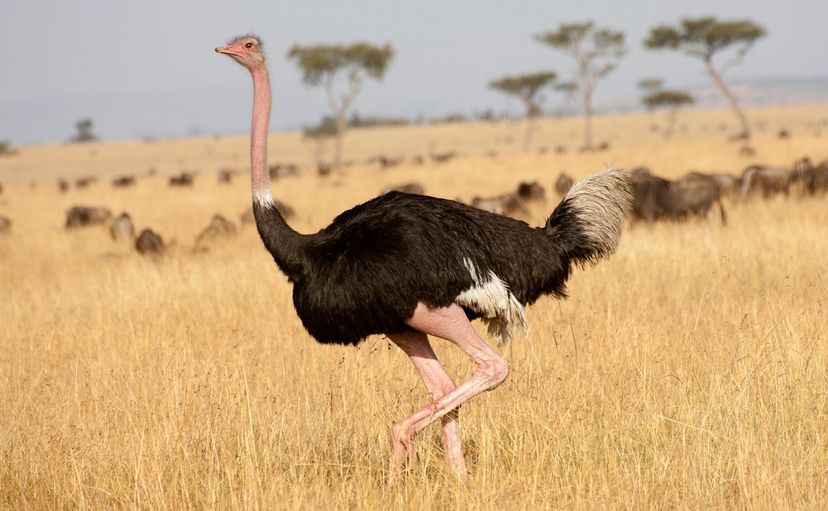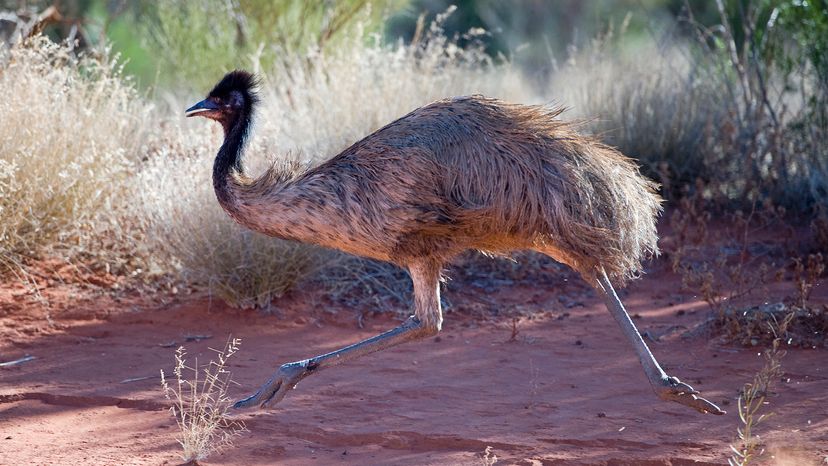
Two of the largest flightless birds on the planet may look similar but they typically live on different continents and have evolved unique adaptations for survival. How are your emu vs. ostrich identification skills?
If you've ever wondered what makes an emu different from an ostrich, you've come to the right place!
Advertisement
Both emus and ostriches belong to a group of other flightless birds called ratites, which also includes kiwis in New Zealand and rheas from South America. While the two species share some similarities, their size, speed, eggs and even feathers set them apart.


